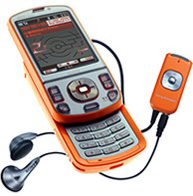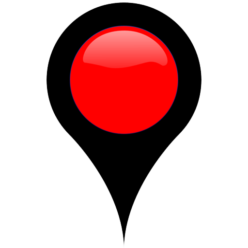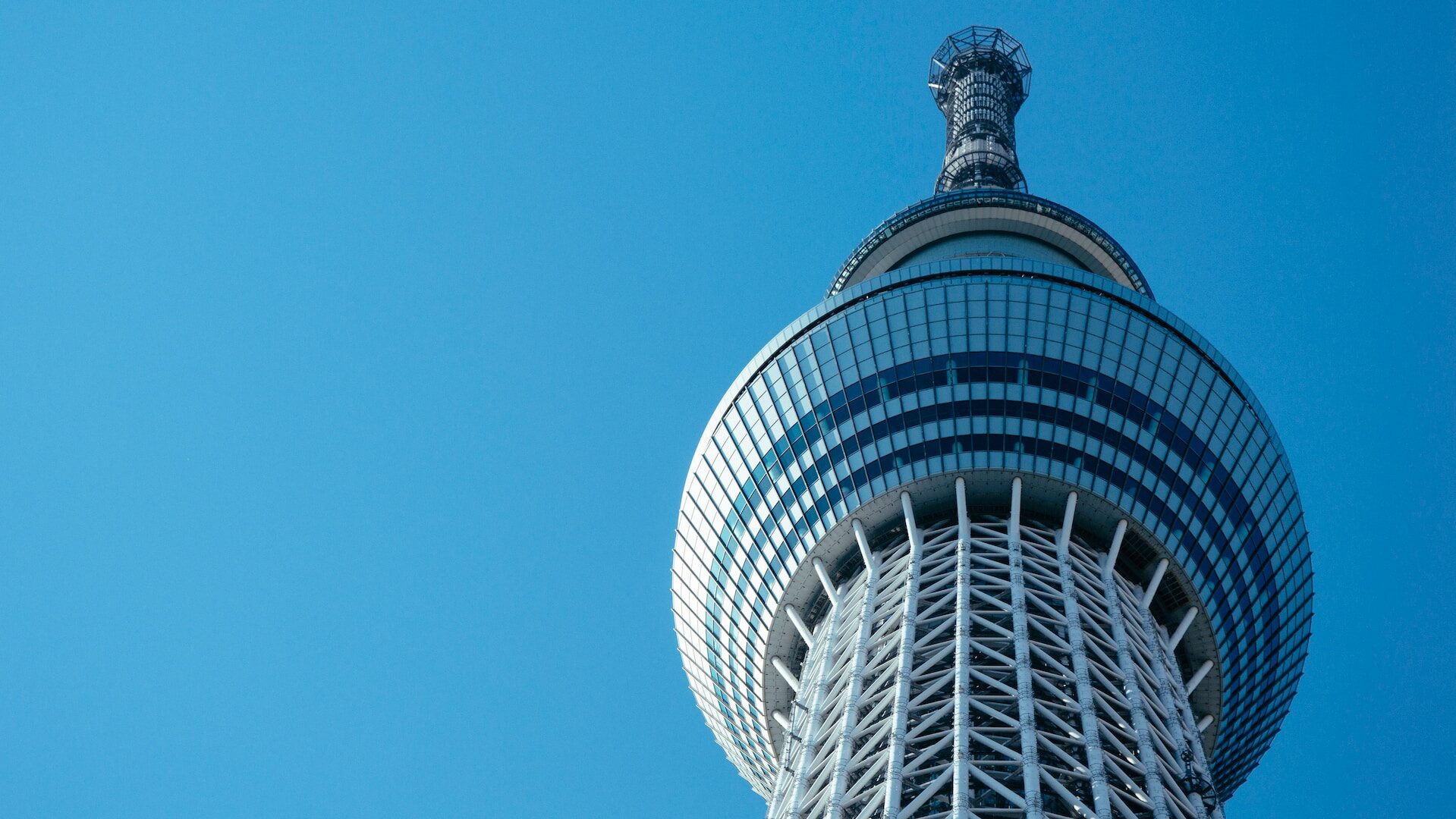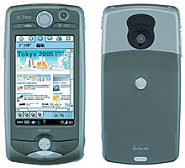Japan 3G Cell Phone Shipments Surge
 3G handsets are driving new phone sales as consumers toss older 2G models for the promise of more music, fun and games. The Nihon Keizai Business Daily reported statistics from the Japan Electronics and Information Technology Association (JEITA) showing February shipments of cell phones jumped 23 percent over the same month last year to total 4.7 million units – the second consecutive month of increases.
3G handsets are driving new phone sales as consumers toss older 2G models for the promise of more music, fun and games. The Nihon Keizai Business Daily reported statistics from the Japan Electronics and Information Technology Association (JEITA) showing February shipments of cell phones jumped 23 percent over the same month last year to total 4.7 million units – the second consecutive month of increases.
Consumers were initially slow to replace 2G handsets but resistance was futile. A barrage of slick ads and enticing features combined with the general mobile mass hysteria for entertainment-on-the-go have Japanese running to electronics retailers and cell-phone boutiques. Subscribers to DoCoMo’s 3G FOMA service have currently reached about 11.5 million and KDDI boasts nearly 18 million. Both cellcos have a seemingly endless lineup of new phones for every sort of consumer.


 NTT DoCoMo has partnered with Motorola to roll-out a hybrid FOMA/PDA handset with global roaming, full Internet browsing, PC mail and wireless LAN access. Launched today at a low key Tokyo press conference, the new M1000 [
NTT DoCoMo has partnered with Motorola to roll-out a hybrid FOMA/PDA handset with global roaming, full Internet browsing, PC mail and wireless LAN access. Launched today at a low key Tokyo press conference, the new M1000 [